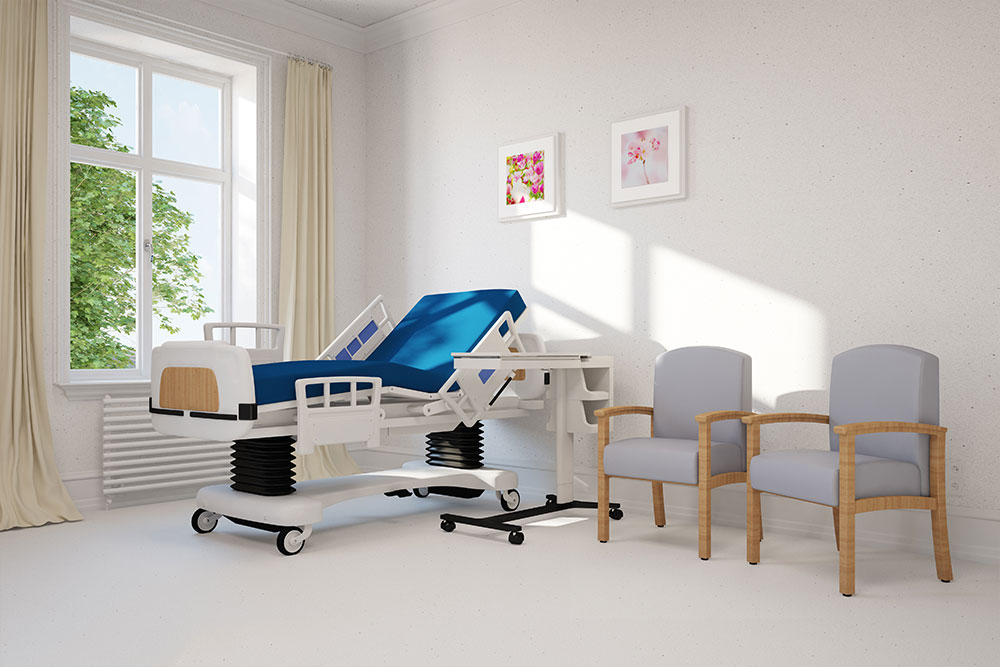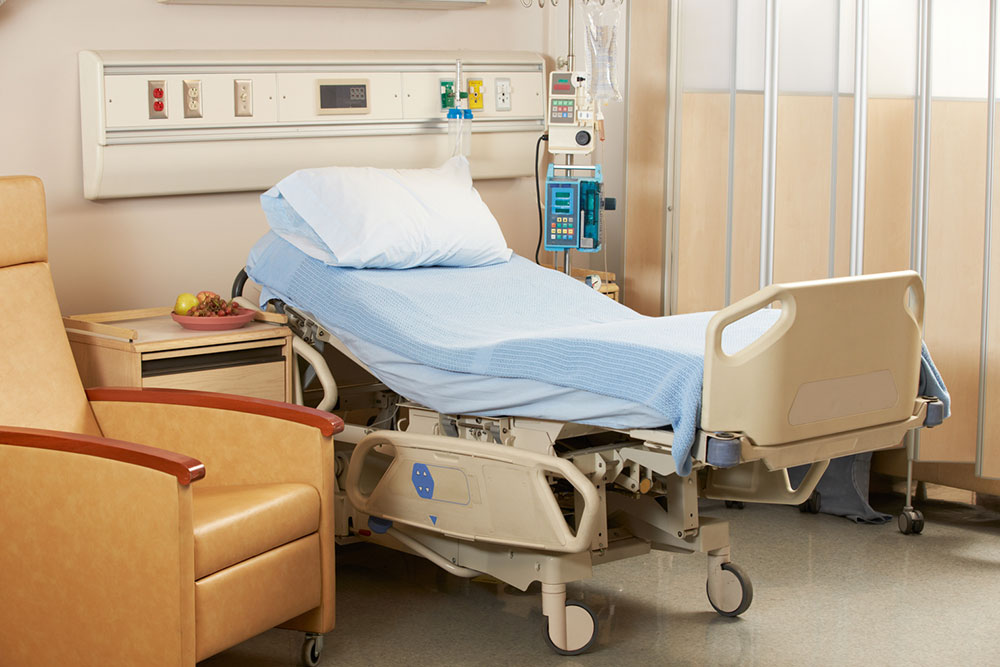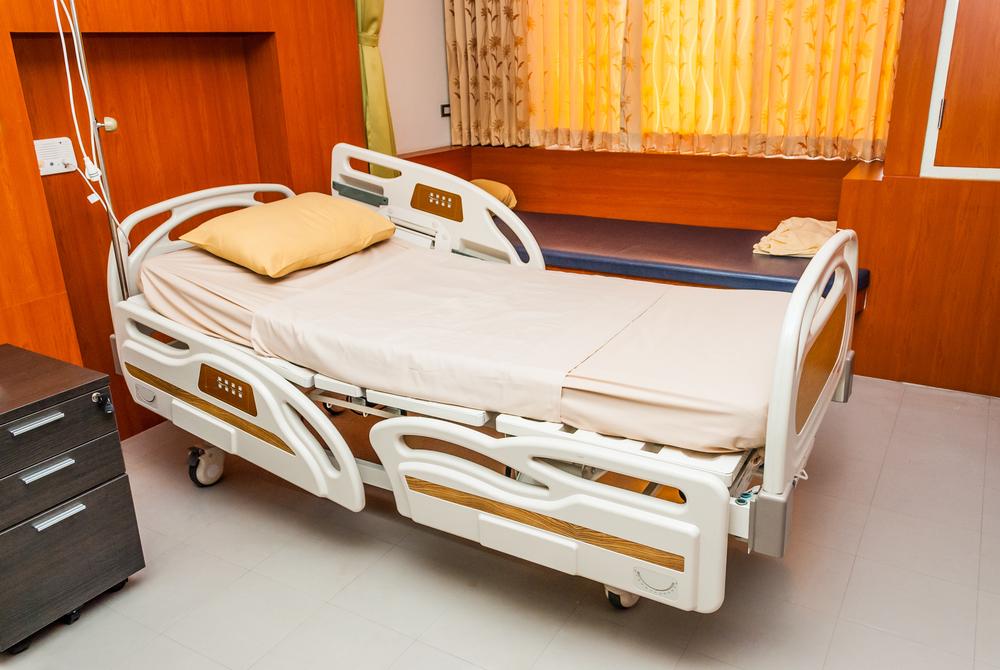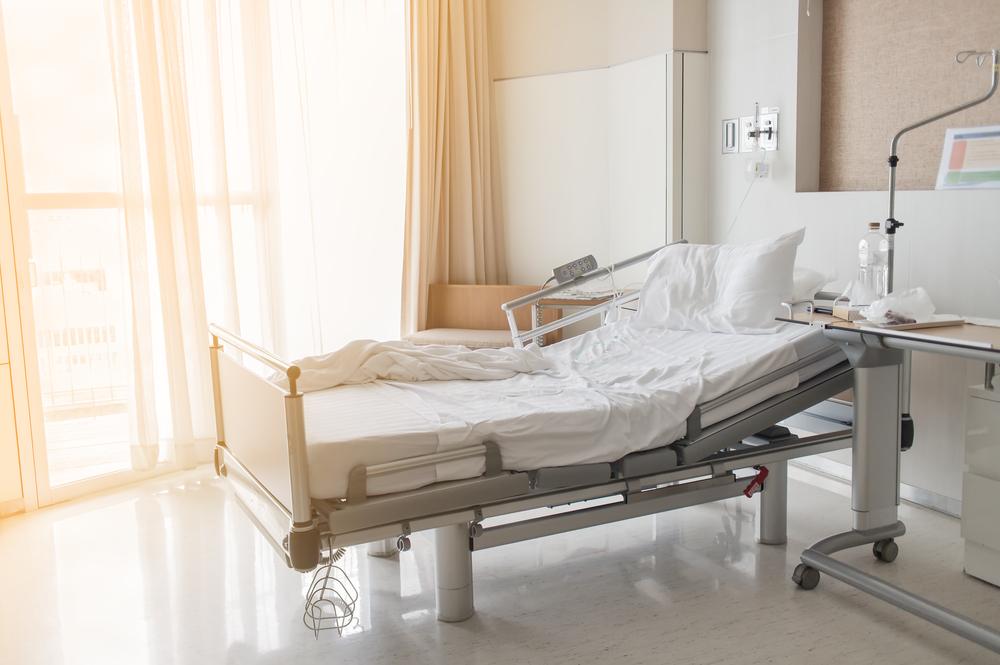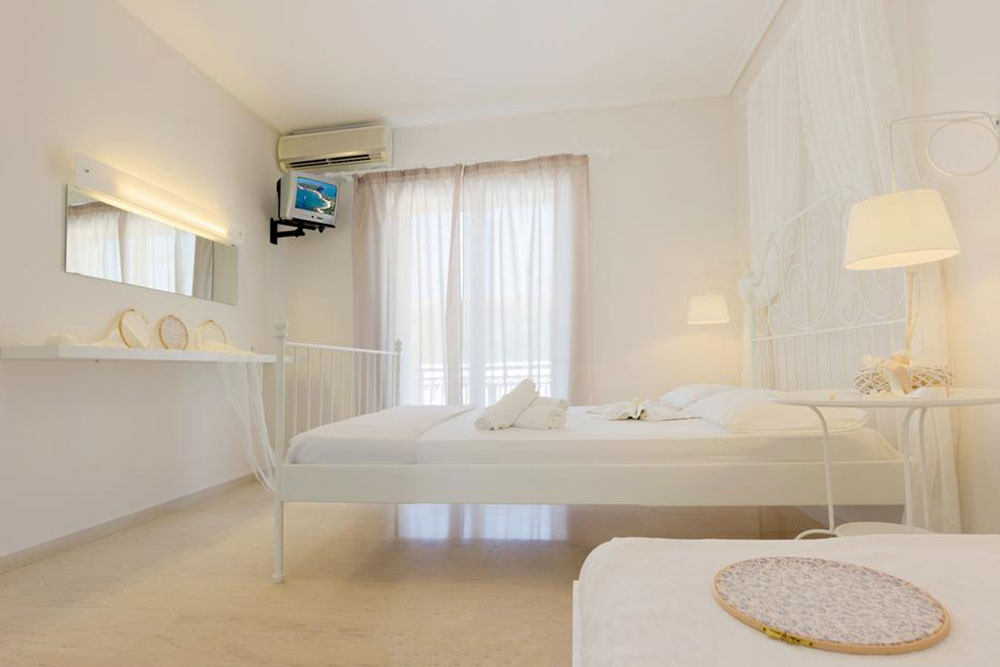Comprehensive Guide to Choosing the Best Hospital Beds for Home Care Recovery
Discover the essential factors to consider when choosing hospital beds for home care. This comprehensive guide covers the types, features, and benefits of specialized hospital beds, helping caregivers and patients enhance comfort, safety, and recovery outcomes at home. Learn how adjustable features, safety measures, and design options can make a significant difference in convalescence, ensuring optimal support and peace of mind for everyone involved.
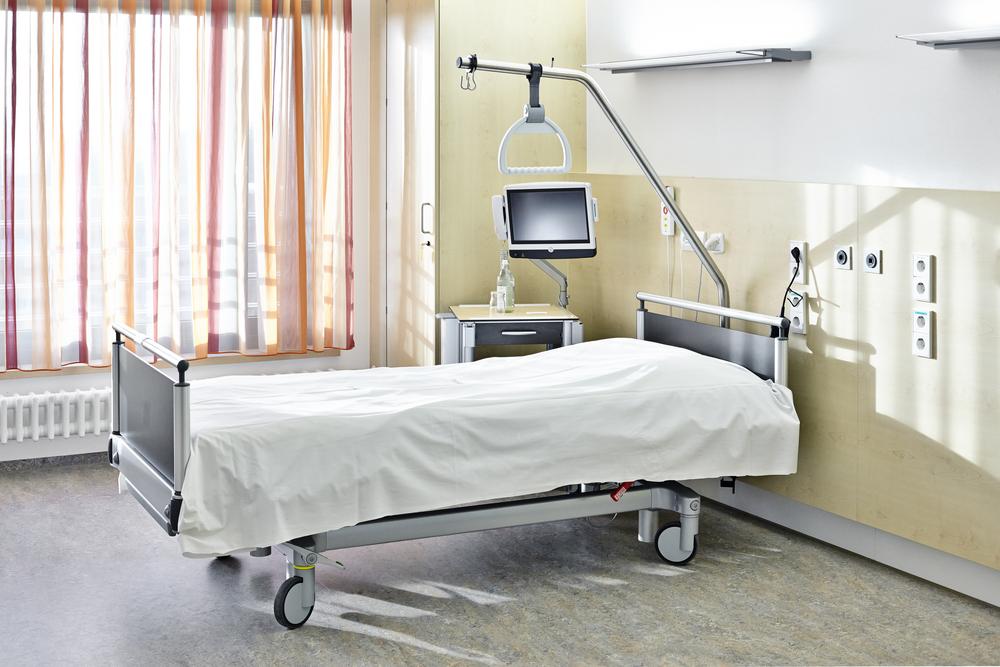
Why Selecting the Right Hospital Bed Enhances Home Care Recovery
Recovering from major surgery, illness, or injury at home requires proper rest and support to promote healing and ensure patient safety. While standard home beds are sufficient for everyday use, they often fall short in providing the comfort, adjustability, and safety features necessary for a smooth recovery process. This is where specialized hospital beds come into play—designed specifically to meet the unique needs of patients during convalescence, these beds can significantly improve comfort, support proper positioning, and reduce recovery time. Choosing the right hospital bed for home care involves understanding the various features, types, and benefits, to make an informed decision that prioritizes safety and comfort.
Hospital beds designed for home use have revolutionized how patients recover in familiar environments. These beds are engineered with a variety of features that cater to individual medical needs. Adjustable height and reclining capabilities allow patients to find optimal positions, reducing pressure points, alleviating pain, and supporting better breathing and blood circulation. This flexibility helps in preventing complications such as bedsores and deep vein thrombosis, fostering faster and more comfortable recovery.
Safety is a critical aspect of any hospital bed. Features such as side rails prevent accidental falls, especially for elderly or weak patients. Some models come with lockable wheels, ensuring stability when needed, and easy-to-operate controls designed for caregivers or even patients themselves. Modern hospital beds are available in various styles—manual, semi-electric, or fully electric—catering to different medical requirements and budgets. Selecting a high-quality bed tailored to specific health needs can make a profound difference in the recovery journey.
Understanding the different types of hospital beds helps caregivers and patients choose the most suitable option. Manual beds are typically budget-friendly but require physical effort to adjust. Semi-electric beds combine manual adjustments with motorized features, offering a balance of convenience. Fully electric hospital beds are the most versatile, allowing multiple adjustments at the push of a button, ideal for patients with limited mobility or those requiring frequent position changes.
Size and style are also important when selecting a hospital bed for home care. Standard sizes accommodate most adults comfortably, but tailored options exist for bariatric patients or children. Additionally, aesthetic design and material quality influence the overall look and durability of the bed, ensuring it aligns with home decor while providing long-term support.
Considering the available features, safety standards, and the patient's specific health condition will guide you to the best choice. Investing in a reliable hospital bed ensures enhanced safety, increased comfort, and supports optimal recovery. It also offers peace of mind for caregivers, knowing that the patient has access to essential support and protection during their convalescence.
In conclusion, selecting the right hospital bed for home care is a vital step toward ensuring a patient’s speedy recovery and overall wellbeing. With a growing variety of options, understanding the key features and benefits is essential. Proper bed choice not only improves the comfort and safety of the patient but also simplifies caregiving, leading to better health outcomes and peace of mind during recovery.
